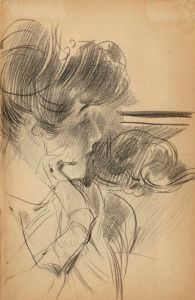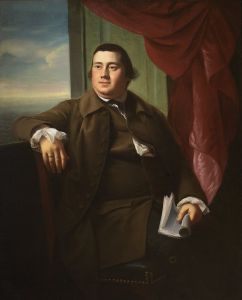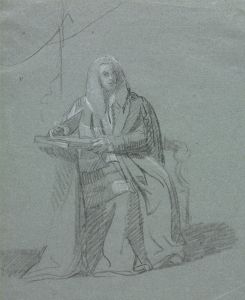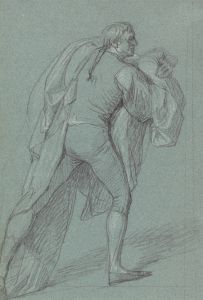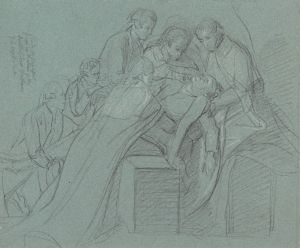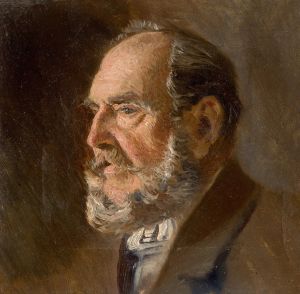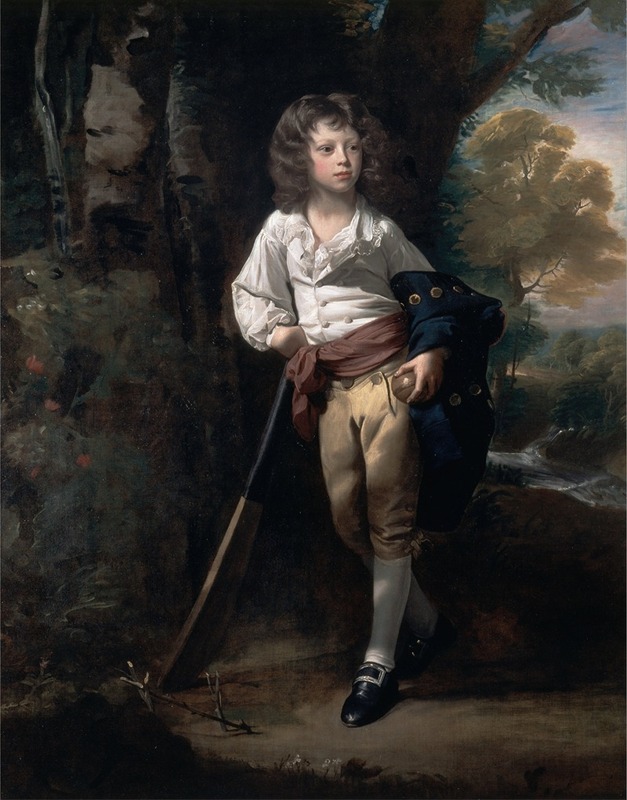
Richard Heber
A hand-painted replica of John Singleton Copley’s masterpiece Richard Heber, meticulously crafted by professional artists to capture the true essence of the original. Each piece is created with museum-quality canvas and rare mineral pigments, carefully painted by experienced artists with delicate brushstrokes and rich, layered colors to perfectly recreate the texture of the original artwork. Unlike machine-printed reproductions, this hand-painted version brings the painting to life, infused with the artist’s emotions and skill in every stroke. Whether for personal collection or home decoration, it instantly elevates the artistic atmosphere of any space.
Richard Heber by John Singleton Copley is a portrait painted by the renowned American artist John Singleton Copley. The artwork depicts Richard Heber, a prominent figure of his time, though specific details about Heber's life and his connection to Copley remain limited in historical records. The painting is believed to have been created during Copley's active period as a portraitist, which spanned the mid-18th century to the early 19th century.
John Singleton Copley (1738–1815) was one of the most influential portrait painters in colonial America and later in Britain. Known for his meticulous attention to detail and ability to capture the character and status of his sitters, Copley gained widespread recognition for his works. His portraits often featured individuals from the upper echelons of society, including merchants, politicians, and intellectuals, reflecting their wealth and social standing.
The portrait of Richard Heber exemplifies Copley's skill in rendering textures, fabrics, and facial expressions. While the specific date of the painting is not definitively documented, it likely falls within the period when Copley was producing portraits of notable figures in both America and England. After moving to London in 1774, Copley continued to refine his style and gained further acclaim for his historical and portrait paintings.
Unfortunately, detailed information about Richard Heber himself, as well as the circumstances under which this portrait was commissioned, is scarce. It is unclear whether Heber was an American or British subject or what his profession or societal role might have been. Without additional historical documentation, further context about the sitter remains speculative.
The painting is an example of Copley's ability to immortalize his subjects through art, offering a glimpse into the fashion and aesthetics of the period. As with many of Copley's works, the portrait likely served as a means of commemorating the sitter's identity and status for posterity.
Further research into archival materials or provenance records may provide additional insights into the history of this painting and its subject. Until then, the portrait remains a testament to Copley's artistic legacy and his contribution to the art of portraiture.





